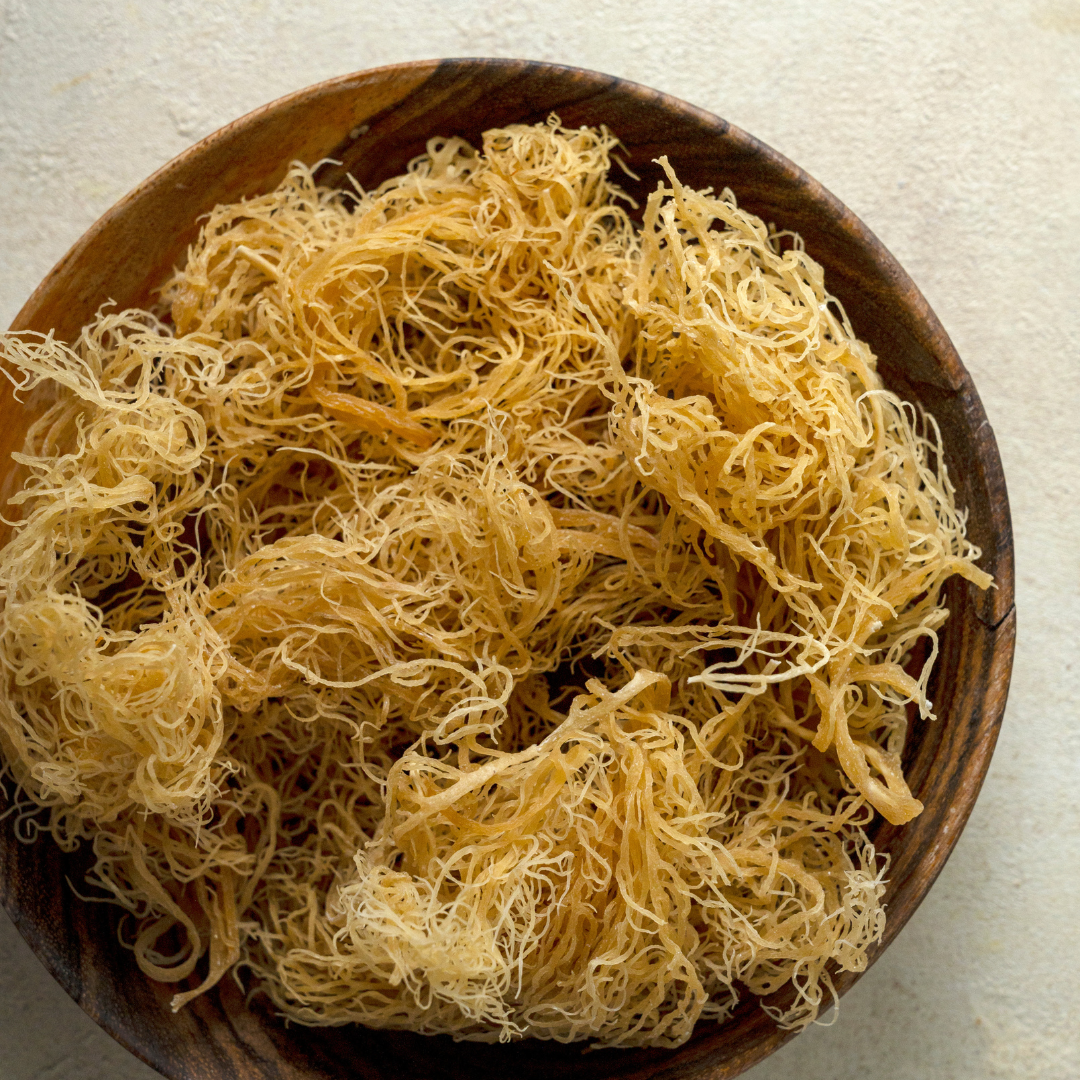
Sea moss has significantly impacted various cultures as a nutritional savior and medicinal remedy. Its historical importance traces back to the Potato Famine in Ireland and spans its culinary and medicinal use across Europe, the Caribbean, and Asia. Now, as the global community hails it as a superfood, the emerging challenge is balancing its soaring popularity with sustainable harvesting— a challenge Yemaya, a sea moss brand, meets with commitment and care.
1. Geographic Spread and Historical Significance
Spanning multiple regions, from the North Atlantic coastlines of Europe to the warm Caribbean waters, sea moss has carved a niche in various cultures. Historically, it wasn't just another marine plant but a lifeline during times of scarcity. Its resilience to the chilly North Atlantic conditions in Europe made it a regular part of coastal diets. Communities in these regions, especially in Ireland, recognized sea moss for its nutrient value. The dietary significance grew during food shortages caused by socio-economic or environmental reasons.
The 1840s were particularly challenging for Ireland due to the Potato Famine. Traditional food sources dwindled, forcing many to seek alternatives. Sea moss, abundant and packed with nutrients, became a mainstay in many diets. It provided essential vitamins and minerals for survival, mainly when fresh produce was hard to come by.
- Medicinal Uses Across Different Cultures
Sea moss's role wasn't confined to kitchens. Traditional medicine across various cultures recognized its potential benefits. The plant's mucilaginous texture in the Caribbean made it a go-to remedy for respiratory issues. Healers often recommend a sea moss broth to those suffering from colds or flu. It acted as a soothing balm for sore throats and congestion. Beyond respiratory health, sea moss earned a reputation as a rejuvenating tonic. Its mineral-rich content, especially zinc, was believed to boost vitality and energy levels.
Europe had its medicinal uses for sea moss. Coastal communities, especially in regions with cold climates, were aware of its high iodine content. Sea moss preparations became famous for treating thyroid-related issues, a common ailment in areas with iodine-deficient soils.
- Culinary Uses Across Regions
Asia has a culinary tradition of valuing textures as much as flavors. Sea moss, with its unique gel-like consistency post-boiling, fits right in. Desserts, particularly in regions of China and Japan, began incorporating sea moss for its texture. The gel, subtle in flavor, blended seamlessly with both sweet and savory dishes. The Caribbean's culinary use of sea moss leaned towards beverages. Local preparations involved boiling the moss to a gel and blending it with spices, milk, and sweeteners. The result? A rich, creamy drink believed to nourish and rejuvenate. European culinary traditions, rooted in hearty, wholesome meals, found a friend in sea moss. It got added to broths, particularly in Ireland and the UK. Its presence enhanced not just the texture but also the nutritional profile of these dishes.
- Modern Popularity and Sustainability Concerns
The global trend towards organic, natural wellness solutions has propelled sea moss back into the limelight. Its rich profile—packed with vitamins, antioxidants, and essential minerals—positions it as a "superfood." This demand, however, brings sustainability into focus. With increased harvesting, there's a genuine concern about depleting natural reserves. The onus is now on suppliers and consumers to advocate for and support sustainable harvesting methods.
In the growing sea moss market, Yemaya distinguishes itself through unwavering commitment. Beyond just sales, the brand emphasizes sustainability and education. They champion eco-friendly harvesting, ensuring the marine ecosystem remains unharmed. Each product comes with the assurance of quality and the knowledge that purchasing it doesn't harm our oceans. With Yemaya, consumers are not just buying a product but becoming part of a community. A community that stands for health, authenticity, and environmental responsibility.
